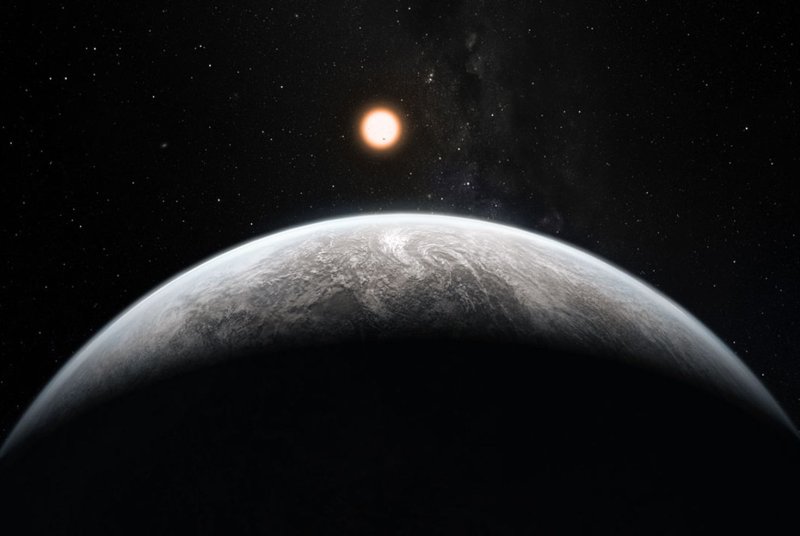Understanding the pulsating rhythm of stars could help researchers determine their make-up, and effects on other stellar objects, according to new research. Photo by NASA/ESO/UPI |
License Photo
May 13 (UPI) -- A team of scientists in Australia said they used a NASA space telescope to identify the pulsating rhythm of nearby stars, allowing them to learn more about the age and structure of the stellar objects.
The researchers said they were able to make sense of the jumble of pulsations from nearby stars using the Transiting Exoplanet Survey Survey satellite, or TESS, according to a study published Wednesday in the journal Nature.
Tim Bedding, professor at University of Sydney and lead author of the study, compared pulsations to musical notes.
"Previously we were finding too many jumbled up notes to understand these pulsating stars properly," he said. "It was a mess, like listening to a cat walking on a piano.
"The incredibly precise data from NASA's TESS mission have allowed us to cut through the noise. Now we can detect structure, more like listening to nice chords being played on the piano."
The Australian team narrowed down their research to a group of 60 stars between 60 light years and 1,400 light years away from earth. This group of stars are known as delta Scuti stars.
By making sense of the pulsations, the researchers were able to determine the masses, ages and internal structures of the stars and how they moved.
Previously, that information was largely a mystery. The study of the inner workings of stars is known as asteroseismology.
"Asteroseismology is a powerful tool by which we can understand a broad range of stars," Bedding said. "This has been done with great success for many classes of pulsators including low-mass Sun-like stars, red giants, high-mass stars and white dwarfs.
"The delta Scuti stars had perplexed us until now."
Isabel Colman, study co-author and doctoral student at the University of Sydney, said the discovery allows scientists to learn more about how the stars affect their planets. The researchers said it could prove useful in the hunt for dark matter.
"Some of the stars in our sample host planets, including beta Pictoris, just 60 light years from Earth and which is visible to the naked eye from Australia," Colman said. "The more we know about stars, the more we learn about their potential effects on their planets."















